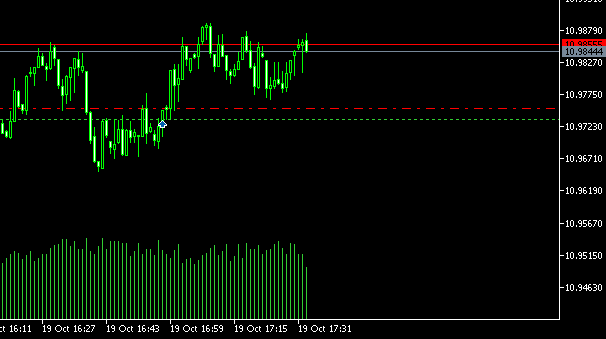Pair trading and multicurrency arbitrage. The showdown. - page 68
You are missing trading opportunities:
- Free trading apps
- Over 8,000 signals for copying
- Economic news for exploring financial markets
Registration
Log in
You agree to website policy and terms of use
If you do not have an account, please register
Hey, everybody. With my hands.
or 4:40 p.m. or so, Crona:
After a few minutes, it was clear that it was at least going to freeze or pullback. And the timing is good - almost 17

"counter-trend entry", almost risk-free.
it's just very convenient when they are all on a common clear scale and on one screen
a lot of things become more visible.
or here's 4:40 or so, Crona:
After a few minutes, it was clear that it was at least going to freeze or pullback. And the timing was good - almost 17
"counter-trend entry", almost risk-free
it's just very convenient when they are all on a common understandable scale and on one screen
a lot of things become more visible
nothing is clear yet..... how to interpret.... lines. Can I have a link where the variant of interpretation..... is written in the post?
+++
I didn't see a buy signal here either.
or here's 4:40 or so, Crona:
After a few minutes, it was obvious that it was at least going to freeze or pullback. And the timing was good - almost 17
"counter-trend entry", almost risk-free
it's just very convenient when they are all on a common clear scale and on one screen
a lot of things become more visible.
Good entry.
I agree with the question above.
all currencies move at the same rate...and very little. It is points that fly, and the nominal value does not change much during a year or a month (in pro-percentages :-)).
The currency that has broken the local record in terms of yield will be sold in order to buy it later on the pullback.
Thus they all remain in a single bundle.
Figuratively: an investment has made an optimistic weekly plan for a day, and you know for sure that the holiday will not be eternal and it will return to the previous pace.
You are a reasonable person and you will close the position to wait for a rollback and or find the next record breaker.
Another thing is to realise in time who will go for the record to invest :-)
Another thing is to realise in time who will go for the record to invest :-)
information for reflection:
since all go about the same (the economy is limited by the rates - one currency cannot significantly and for a long time fall/grow or sharply change its slope), we can try to solve the problem of building medium-term indices.
Even in a graph like this, there will be something like indx(t)=SQRT(SUMi(Ai*Xi(t)^2)) Xi is the current index, Ai is normalised by its historical own mean deviations. Ai are very close, but still different.
Since such an index does not rely on the objective from the foundation (instead of Ai generally speaking should be the real volumes and mutual turnovers), obviously more recalculation criteria will be needed.
can be supplemented, because these are just notes for the future
Even in a graph like this, there will be something like indx(t)=SQRT(SUMi(Ai*Xi(t)^2)) Xi is the current index, Ai is normalised by its historical own mean deviations. Ai are very close, but still different.
Since such an index does not rely on the objective from the foundation (instead of Ai, generally speaking, it should be real volumes and mutual turnovers), it is obvious that more recalculation criteria will be required.
It is possible to supplement, because these are just notes for the future.
Even in a graph like this, there will be something like indx(t)=SQRT(SUMi(Ai*Xi(t)^2)) Xi is the current index, Ai is normalised by its historical own mean deviations. Ai are very close, but still different.
Since such an index does not rely on the objective from the foundation (instead of Ai, generally speaking, it should be real volumes and mutual turnovers), it is obvious that more recalculation criteria will be required.
can be supplemented, because these are just notes for the future
"walk the same" - it can be correlation (collinearity, if there are many of them) of increments, but for pair trading we need cointegration (which does not follow from correlation at all).